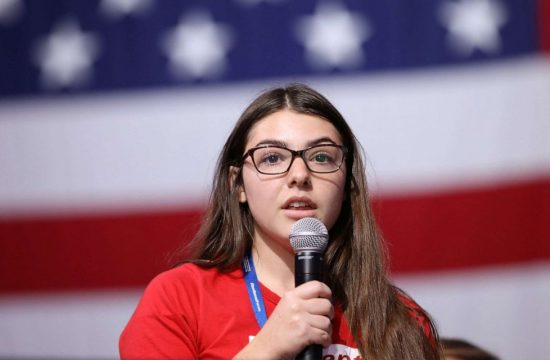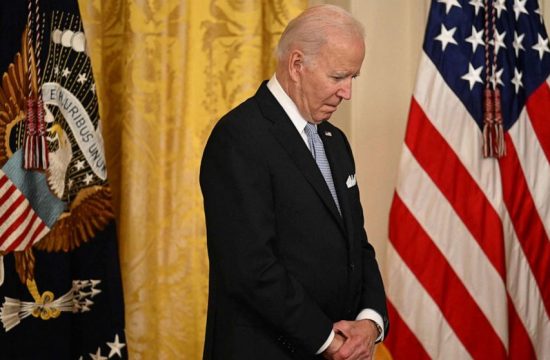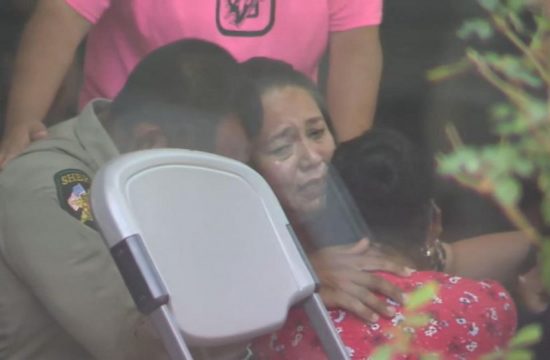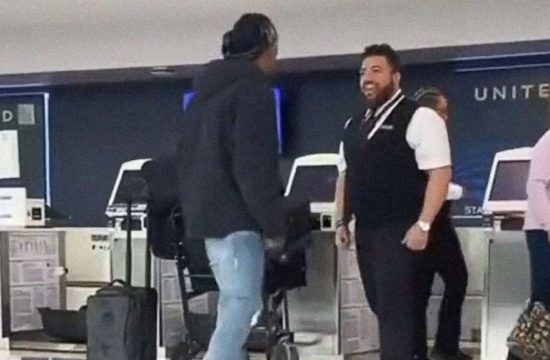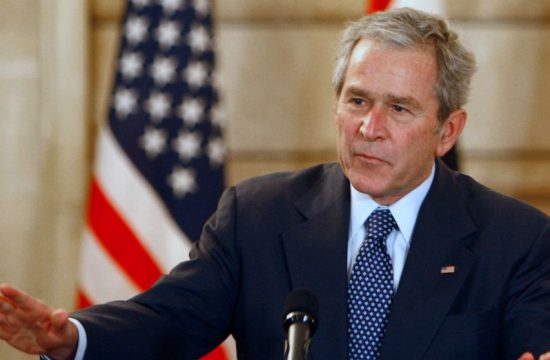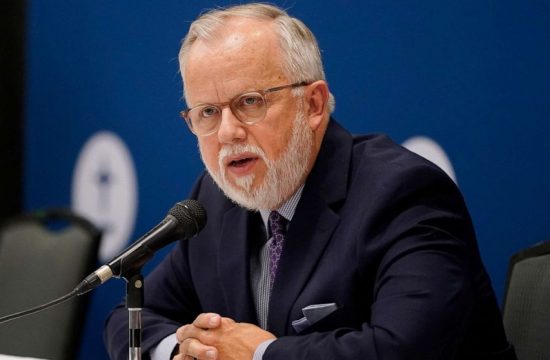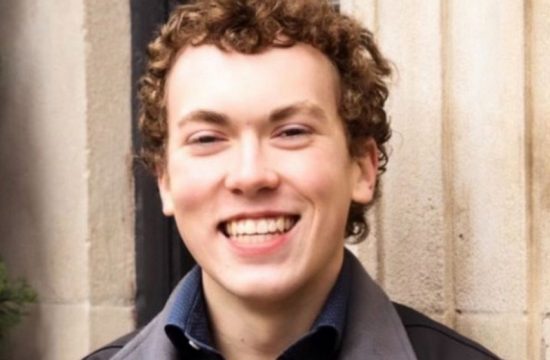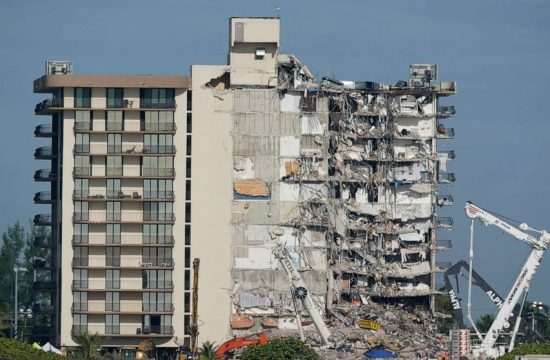SEPAHUA, PERU —
Mario Dispupidiwa recalls a way of life that is only a distant memory now.
“I watched my mother give birth in the forest and cradle the baby by the fire to keep it warm,” he recalled. “We moved constantly from place to place.”
But then the loggers and oil workers arrived, bringing with them terrifying diseases without cure, ending that life forever.
Dispupidiwa is a member of the Nahua tribespeople, who crossed a threshold into the modern world after their forced contact with the outside world in Peru’s southeast Amazon nearly 40 years ago. In the years that followed, more than half of the Nahua died of influenza and whooping cough, for which they had no immunity, according to research by Peruvian anthropologist Beatriz Huertas.
Indigenous tribes have suffered from contagious diseases dating back to 16th century European incursions into the Amazon basin. Today, as COVID-19 reaches some of the most remote corners of the globe, highly vulnerable tribal peoples like the Nahua, with limited contact with the outside world, are sealing off their isolated villages and bracing for the arrival of a deadly new pathogen.
Although the Nahua have had sustained contact with society since the 1980s, they are still defined by Peru’s government as a tribe in “initial contact” with the outside world. Numbering roughly 400, they live within a federally protected area called the Kugapakori Nahua Nanti Territorial Reserve.
But extreme poverty, inadequate access to modern medical care, and a way of life incompatible with social distancing could devastate communities like the Nahua, experts warn.
“The people who have survived [earlier epidemics] may have the genetic capacity to resist … but it’s not enough. They’re still vulnerable. They have to avoid contact with potential bearers of outside diseases,” said Thomas Moore, an anthropologist who has studied tribal peoples in Peru’s Amazon for decades.
Avoiding contact has proven difficult. Despite a staggering expanse of lowland jungle here, the outside world is rapidly encroaching. Nearby the Nahua village of Santa Rosa of Serjali, narcotraffickers are suspected of illegally entering the reserve, moving cocaine paste from the Andean slopes into Brazil. Christian missionaries, illegal loggers and frontiersmen also trespass, posing increased risk of disease outbreak within Nahua territory.
“We’re trying to guarantee their land and health is protected. If they choose to maintain relations with those outside their territory, we want to ensure they’re not affected by contagious illnesses,” said Nancy Portugal, director of Peoples in Isolation and Initial Contact within Peru’s Ministry of Culture, the state agency which advocates for tribes in Peru.
Despite the Ministry of Culture’s attempts to prevent illegal entry into protected areas, powerful timber, oil and gas companies often operate with impunity within protected native territory.
The Nahua, who live in one of the most biologically diverse regions on Earth, not only share their reserve with several bands of isolated tribes, but also with Peru’s most lucrative energy project, the Camisea Gas fields. The multinational gas concession, managed by PlusPetrol, has operated here since 2004. Most Nahua men work as seasonal laborers for the company, which pays the tribe a monthly stipend in order to operate within the reserve.
While most Nahua welcome the ability to earn a wage, contact with national society has exposed them to a host of illnesses like diabetes, gastritis, and malnutrition. The Nahua also suffer from severe mercury poisoning from an unconfirmed source.
“We demand to know the source of what keeps contaminating our Nahua brothers,” said Edwin Humanga, president of regional indigenous organization CORPIAA. “In the meantime our brothers will continue to die, little by little.”
For the Nahua, who mere decades ago lived as nomadic hunter-gatherers, the urge to travel is deep-rooted. Most Nahua make frequent trips to the logging town of Sepahua, a day’s journey by boat, where they maintain relations with the Dominican Church.
Father Ignacio Iraizoz, who leads the Dominican mission in this remote hamlet — and advocates for the contact of isolated tribes into national society — minimized biological threats to isolated and initial contact tribes like the Nahua.
“Today contact must be made … they’re seeking contact. They want it, and we have the means to keep them safe,” Iraizoz told ABC News.
While the Dominican Mission has promoted education and health services for the Nahua, they are also criticized for aggressively assimilating them into national society and stripping them of their indigenous cosmovision.
“[I]t’s a nefarious influence. It’s ethnocidal. It’s hostile to their culture,” said Moore. “A lot of Nahua died because they were brought into the Dominican Mission with inadequate health attention.”
COVID-19 has claimed over 3,000 lives in Peru, with hospitals in the country’s vast Amazon reaching a breaking point.
In late April, Peru’s largest indigenous federation, the Interethnic Association for the Development of the Peruvian Amazon estimated at least 1,400 confirmed cases of COVID-19 in 11 Amazon regions of the country. But, due to a lack of testing in native communities, that number is likely much higher, a spokesman for AIDESEP told ABC News.
Native leaders representing 1,800 communities throughout Peru’s Amazon recently signed a formal complaint to the United Nations and Inter-American Commission on Human Rights.
The letter, published by AIDESEP, demands the government address the “constant and growing” threat of COVID-19 in indigenous communities and warns of “high risk of ethnocide” without state action.
In response to the pandemic, the Ministry of Culture — along with Peru’s national park service — suspended all non-essential entry into the Kugapakori Nahua Nanti Territorial Reserve, granting access only to the state’s health sector, in the event of a medical emergency within. The ministry has also coordinated with regional authorities to bring food and medical supplies to the Nahua.
In a written response to ABC News, the Ministry of Culture indicated that while there are 11 confirmed COVID-19 cases in the greater province of Atalaya, there are no known cases in Nahua territory or in the town of Sepahua, which they frequent.
Mario Dispupidiwa, who has survived at least one earlier epidemic, said he still dreams of the life he once lived before his people were drawn out of isolation.
“I loved being free to travel the forest from one place to the next. I wonder what it would be like to return to that life, when we didn’t need money or medicine,” said Dispupidiwa.


